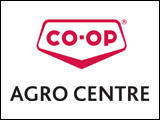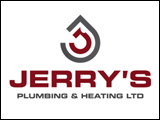A professor of agriculture with Newcastle University says when changing sow housing to improve animal welfare you want to avoid creating a system that’s worse for the animal.
“Group Housing of Sows, Getting it Right” will be discussed during Saskatchewan Pork Industry Symposium November 19 and 20 in Saskatoon.
Dr. Sandra Edwards, a Professor of Agriculture with Newcastle University, says considering all of the components the sow housing system is really complex.
If you break it down, the first critical component is how you deliver the feed.
There we have everything from very cheap systems that spin it out onto the floor through things like individual feeding stalls, free access stalls, trickle feed systems, wet feed systems, right through to electronic sow feeding systems with individual recognition.
The second part of the system is the basic housing design; what sort of floor type you’re going to go for, are you going to use bedding, how much bedding are you going to use.
The third component is the group size and the space allowance that you select.
Some of the systems work better with relatively smaller groups.
Other systems like electronic sow feeding require you to have large groups to make efficient use of the equipment available.
Then linked by the issue of groups size is how you’re going to manage those groups.
Are you able to form static groups that you put together right at the start of gestation and then leave together to be socially stable or do you actually have to mix sows in a put and take dynamic way in order to achieve the larger group sizes you need if you’re a relatively smaller producer.
Dr. Edwards stresses the move to group housing has been driven by welfare considerations.
She says you don’t want to put in a system to deliver better welfare only to find it ends up being worse for the animal.



